California's Caldor Fire is creeping closer to the Nevada border
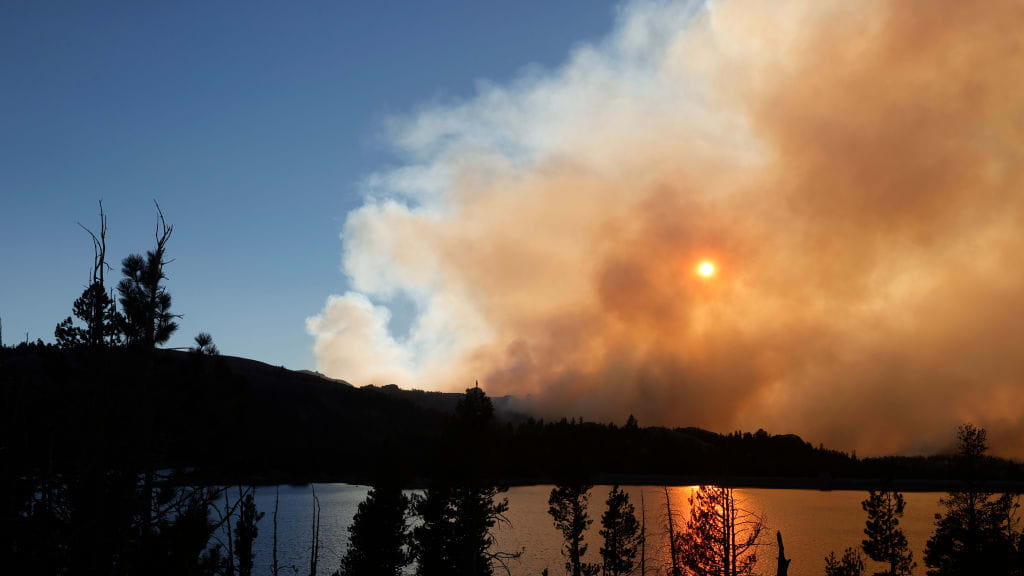

The Caldor Fire, having already scorched more than 204,000 acres in Northern California, is moving east, with the head of the blaze getting close to the Nevada border.
There are more than 4,200 firefighters battling the Caldor Fire, and Gov. Gavin Newsom (D) said it is the state's "No. 1 priority." Crews worked overnight and Wednesday to keep the flames away from South Lake Tahoe, a popular resort town, but they are also concerned about the fire — which is threatening nearly 35,000 structures — heading south toward the community of Markleeville, the Los Angeles Times reports.
Craig Clements, a professor of meteorology and director of the Wildfire Interdisciplinary Research Center at San Jose State University, told the Times a computer model his team is using shows the fire reaching Nevada either late Wednesday night or early Thursday morning. The blaze is burning through an area with bone-dry vegetation amid windy conditions, making it "a difficult fire to forecast," Clements said.
The Week
Escape your echo chamber. Get the facts behind the news, plus analysis from multiple perspectives.

Sign up for The Week's Free Newsletters
From our morning news briefing to a weekly Good News Newsletter, get the best of The Week delivered directly to your inbox.
From our morning news briefing to a weekly Good News Newsletter, get the best of The Week delivered directly to your inbox.
Firefighters are dealing with strong winds that are picking up embers, and fire behavior analyst Steven Volmer told the Times that because of the dry conditions, there's an "extremely high" probability an ember could spark a new blaze. The Caldor Fire has been burning for 18 days, with some exhausted firefighters working it the entire time. As of Wednesday morning, it was only 20 percent contained.
A free daily email with the biggest news stories of the day – and the best features from TheWeek.com
Catherine Garcia has worked as a senior writer at The Week since 2014. Her writing and reporting have appeared in Entertainment Weekly, The New York Times, Wirecutter, NBC News and "The Book of Jezebel," among others. She's a graduate of the University of Redlands and the Columbia University Graduate School of Journalism.
-
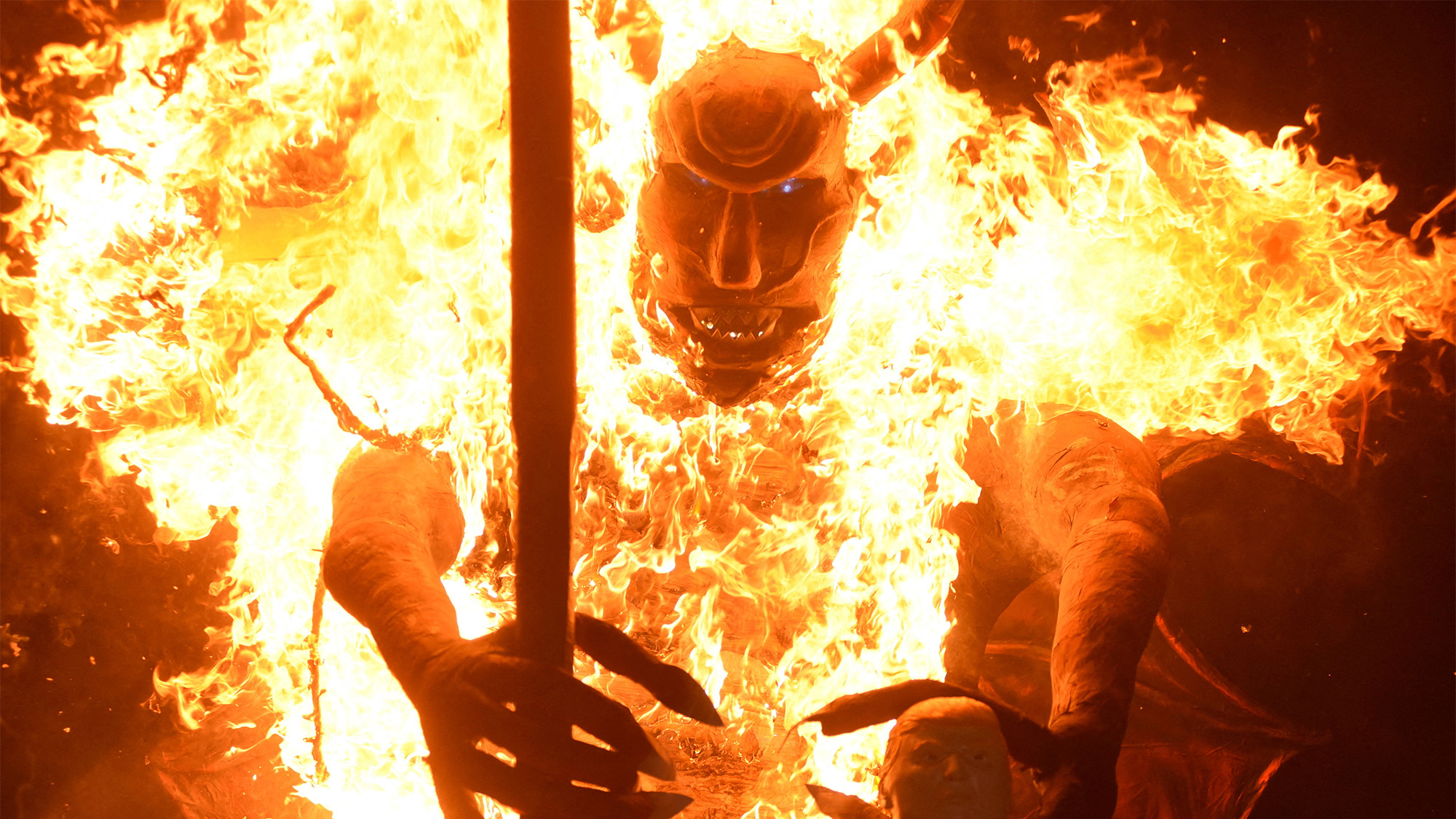 The week’s best photos
The week’s best photosIn Pictures A man's best friend, the elephants in the room, and more
-
 A TikTok trend has Gen Z men leaving streetwear behind for more preppy attire
A TikTok trend has Gen Z men leaving streetwear behind for more preppy attireThe Explainer More than a zipper: Young Black men embrace the ‘quarter-zip movement‘
-
 Sudoku hard: December 12, 2025
Sudoku hard: December 12, 2025The daily hard sudoku puzzle from The Week
-
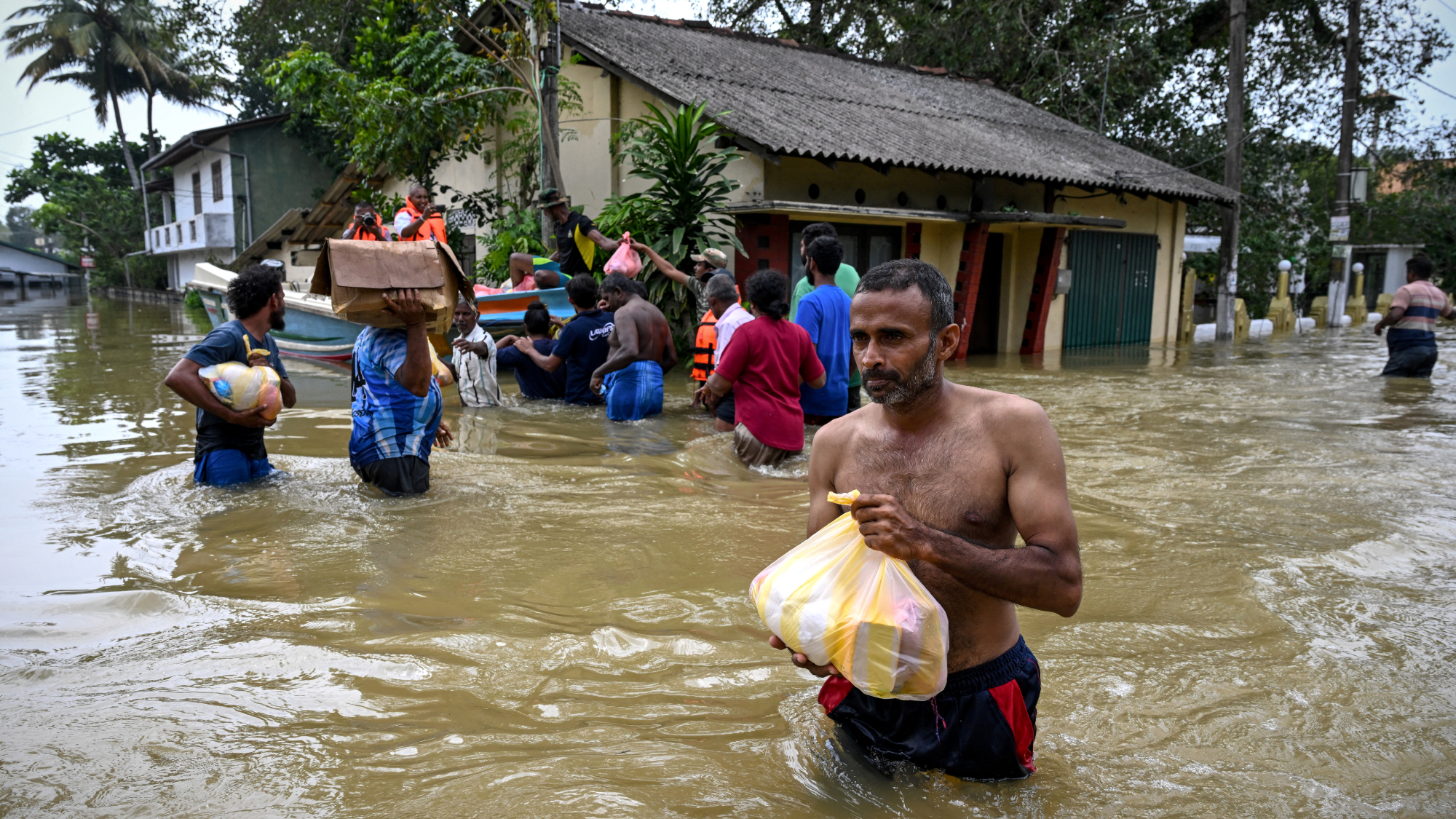 Death toll from Southeast Asia storms tops 1,000
Death toll from Southeast Asia storms tops 1,000speed read Catastrophic floods and landslides have struck Sri Lanka, Indonesia, Thailand and Malaysia
-
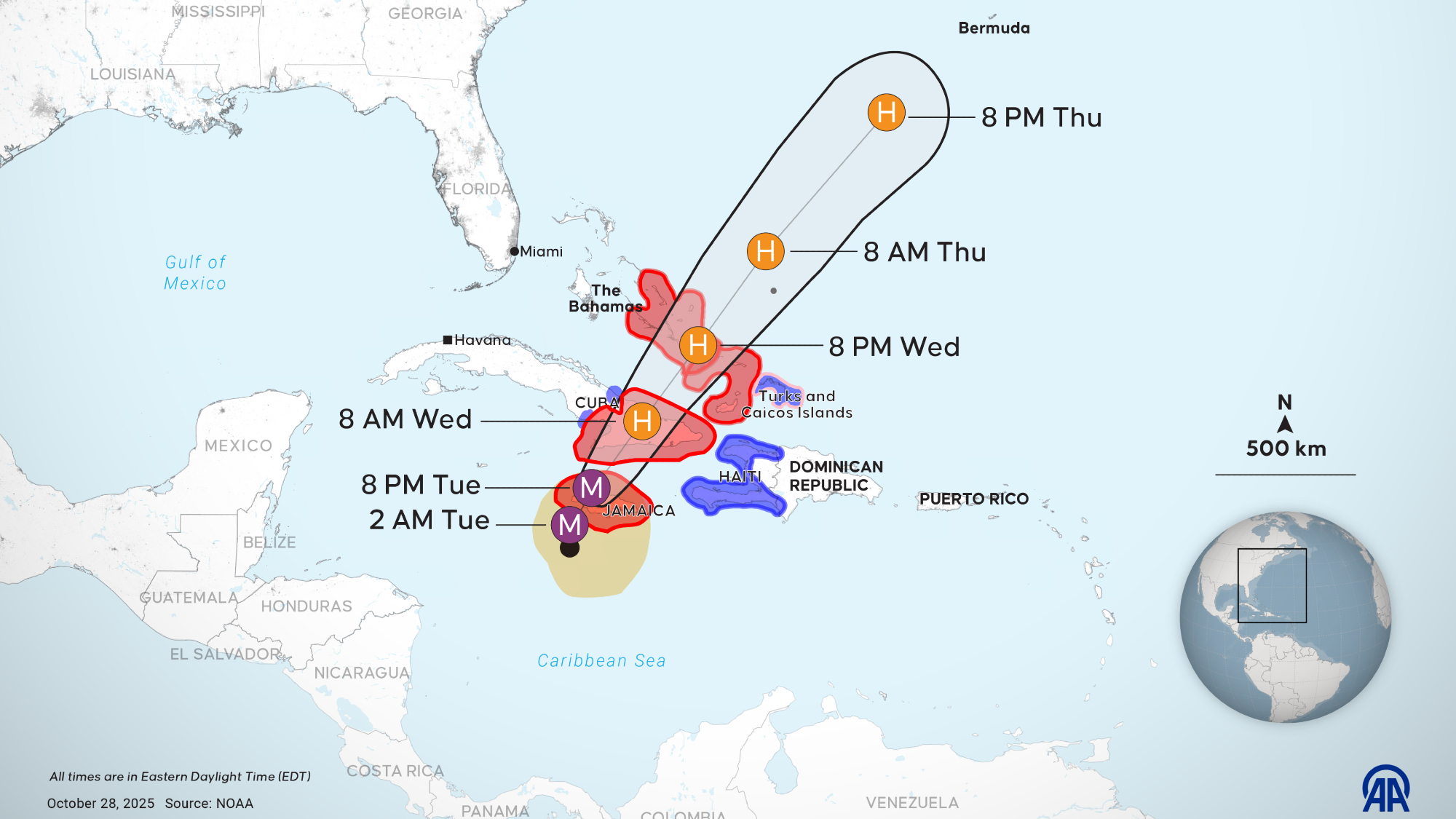 Hurricane Melissa slams Jamaica as Category 5 storm
Hurricane Melissa slams Jamaica as Category 5 stormSpeed Read The year’s most powerful storm is also expected to be the strongest ever recorded in Jamaica
-
 Renewables top coal as Trump seeks reversal
Renewables top coal as Trump seeks reversalSpeed Read For the first time, renewable energy sources generated more power than coal, said a new report
-
 China vows first emissions cut, sidelining US
China vows first emissions cut, sidelining USSpeed Read The US, the world’s No. 2 emitter, did not attend the New York summit
-
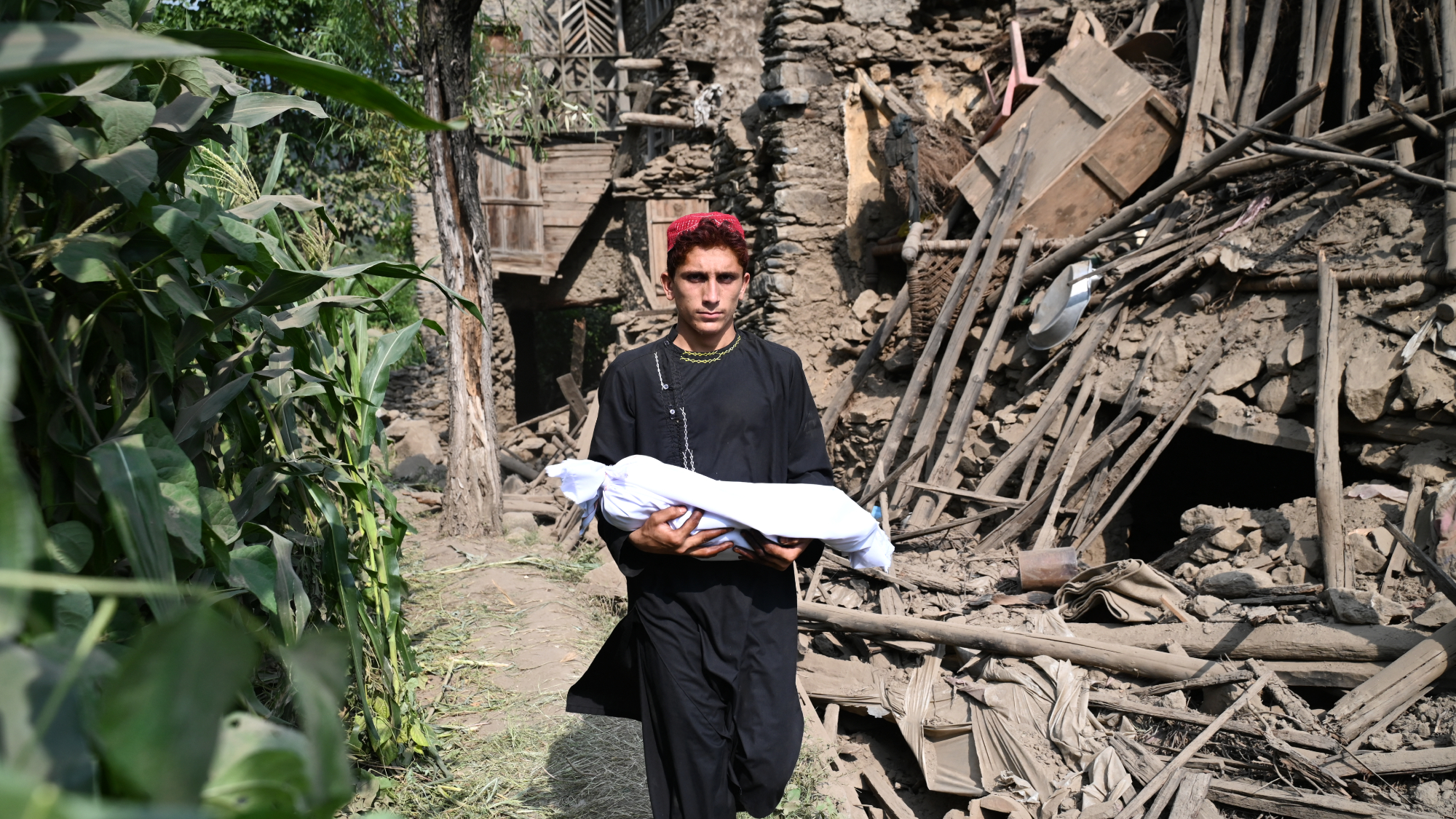 At least 800 dead in Afghanistan earthquake
At least 800 dead in Afghanistan earthquakespeed read A magnitude 6.0 earthquake hit a mountainous region of eastern Afghanistan
-
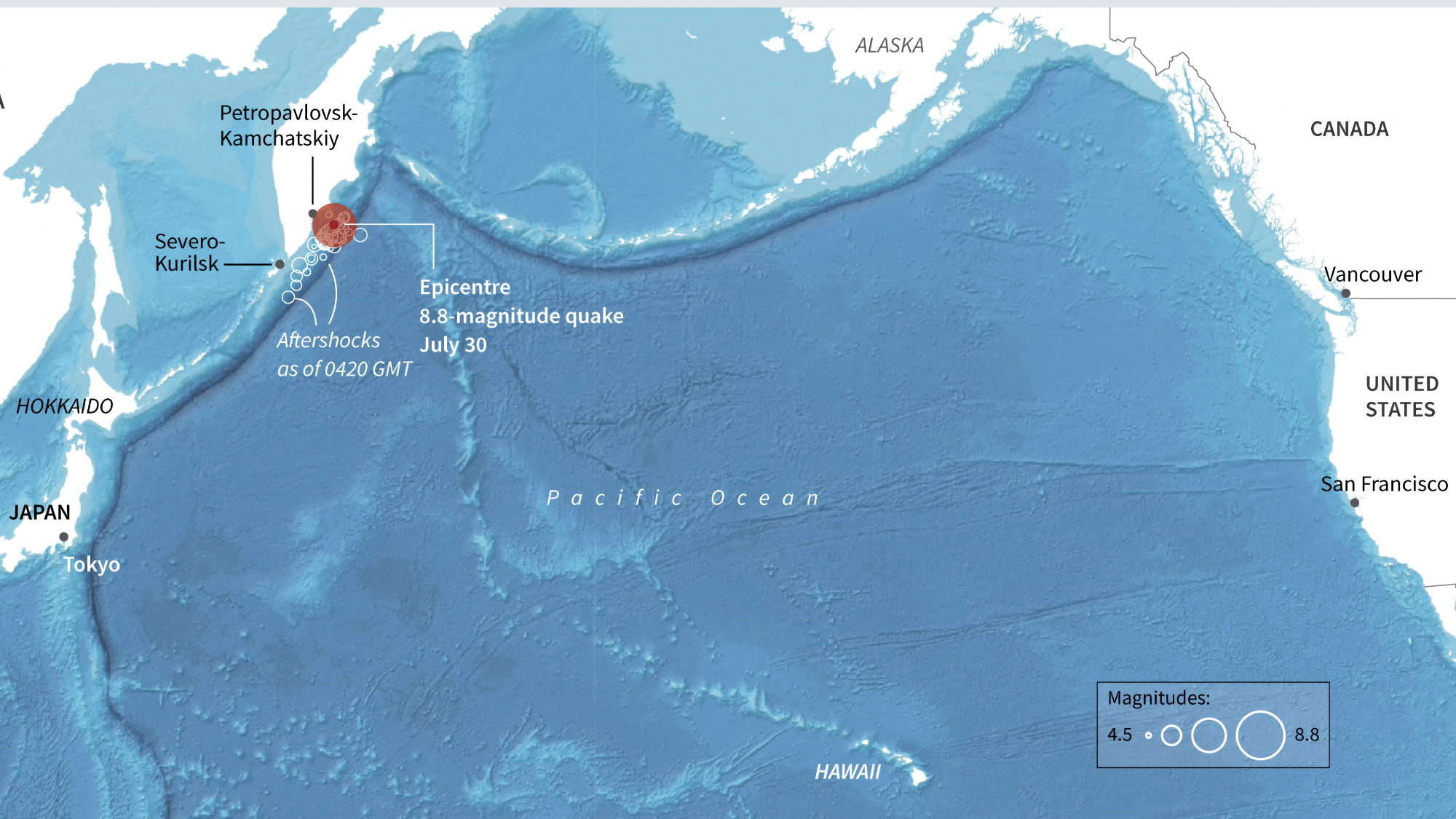 Massive earthquake sends tsunami across Pacific
Massive earthquake sends tsunami across PacificSpeed Read Hundreds of thousands of people in Japan and Hawaii were told to evacuate to higher ground
-
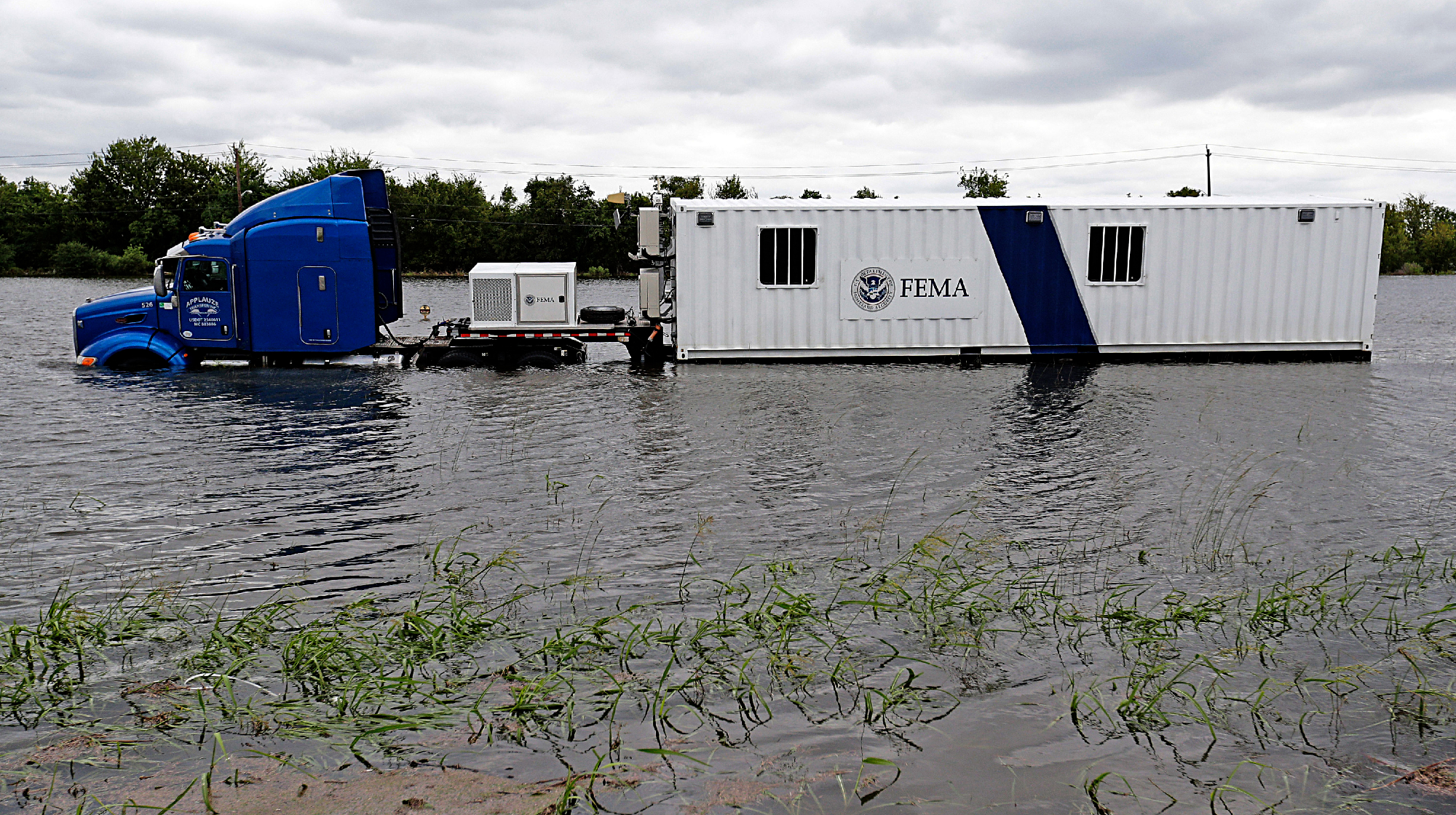 FEMA Urban Search and Rescue chief resigns
FEMA Urban Search and Rescue chief resignsSpeed Read Ken Pagurek has left the organization, citing 'chaos'
-
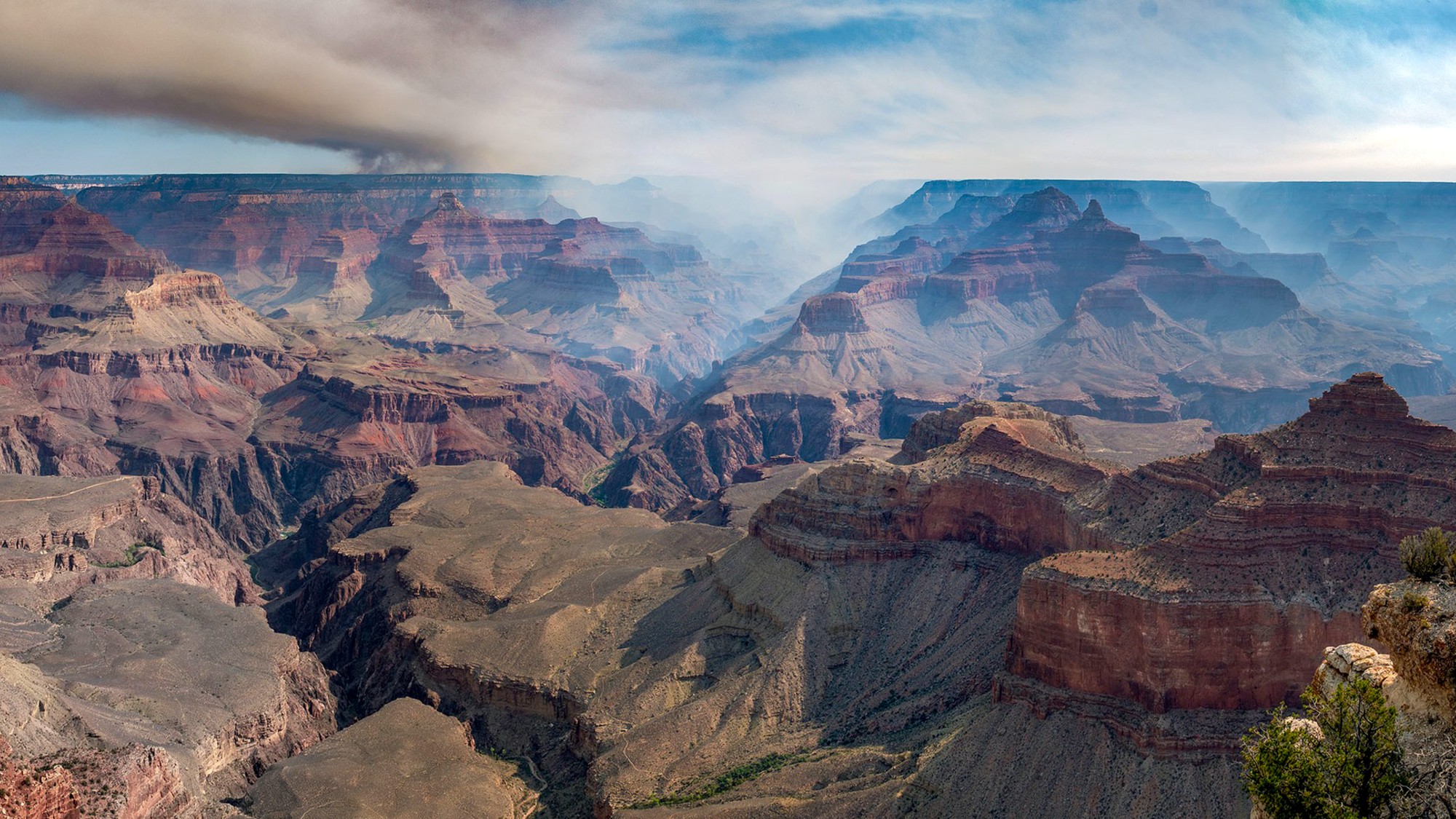 Wildfires destroy historic Grand Canyon lodge
Wildfires destroy historic Grand Canyon lodgeSpeed Read Dozens of structures on the North Rim have succumbed to the Dragon Bravo Fire
